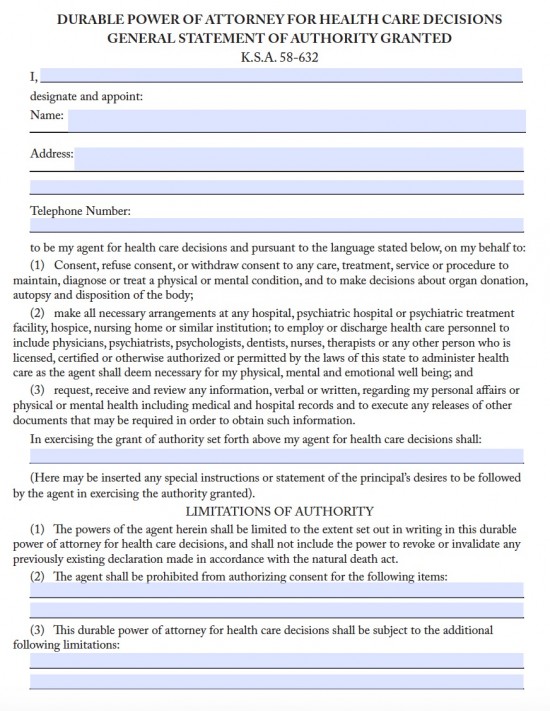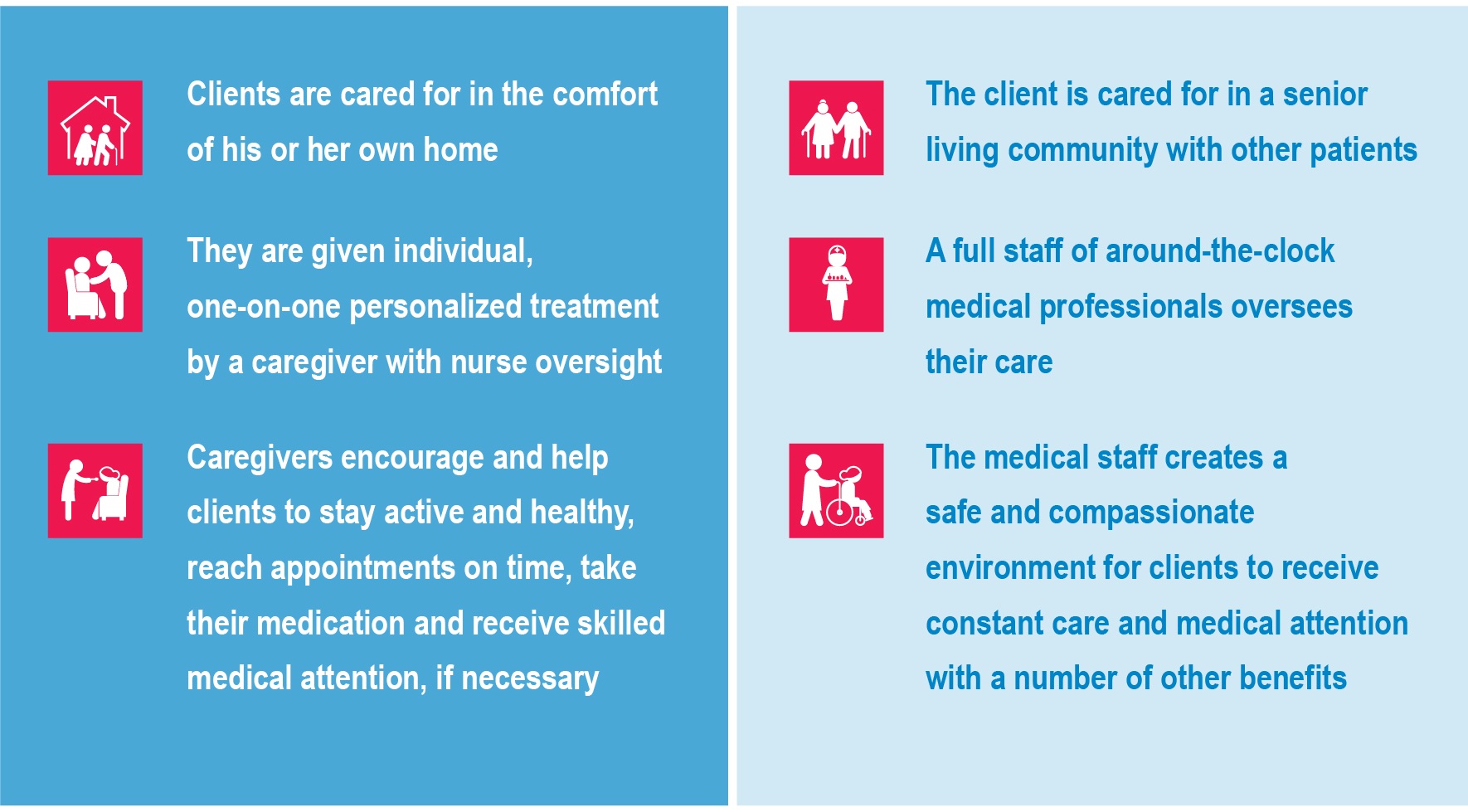The sickest 5% of the population create 50% of overall healthcare costs, while the healthiest 50% just develop 3% of expenses. People have less financial reward to stay healthy: Without a copay, people may overuse emergency situation spaces and medical professionals. There are long wait times for elective procedures: The federal government focuses on offering basic and emergency healthcare.
Healthcare costs. For example, some Canadian provinces spend practically 40% of their spending plans on healthcare. with a low likelihood of success. This includes drugs for unusual conditions and costly end-of-life care. In the United States, care for patients in the last 6 years of life makes up one-fourth of the Medicare spending plan.
Standardizes service. Produces a much healthier workforce. Prevents future social costs. Guides individuals to make healthier options. Downsides Healthy people pay for the sickest. People have less monetary incentive to remain healthy. Long wait times. Physicians might cut care to lower costs. Healthcare costs overwhelm government budgets. The government may limit services that have a low possibility of success There are three universal health care designs.
Countries often integrate universal health protection with other systems to present competitors. These alternatives can decrease expenses, expand choice, or improve care. Citizens can also choose for better services with extra private insurance. The United States provides various designs for populations such as the elderly, veterans, and low-income people. In a single-payer system, the federal government offers complimentary healthcare spent for with earnings from earnings taxes.
Every resident has the exact same access to care. This is called the Beveridge Model. When governments provide healthcare, they work to ensure medical professionals and health centers supply quality care at an affordable cost. They must gather and examine information. They can likewise use their purchasing power to affect healthcare suppliers.
The Best Strategy To Use For Why Did Democrats Block Veterans Health Care Bill
Other countries include Spain, New Zealand, and Cuba. The United States offers it to veterans and military workers with the Department of Veterans Affairs and the militaries. Nations that utilize a social medical insurance design requires everybody to purchase insurance coverage, generally through their employers. The taxes enter into a government-run health insurance fund that covers everybody.
The government controls medical insurance prices. It also has a great deal of clout to manage the private-providers' prices. Germany established this system. France, Belgium, the Netherlands, Japan and Switzerland also use it. The U.S. Obamacare system likewise requires insurance coverage, but there are numerous exemptions. It is also comparable in that it offers aids to health insurance business for low-income enrollees.
Every resident pays into the nationwide insurance strategy. Administrative expenses are lower since there is one insurer. The government has a lot of take advantage of to force medical costs down. Canada, Taiwan, and South Korea use this design. The U.S. Medicare, Medicaid, and TRICARE systems also use this design Australia has a blended health strategy.
Everyone gets coverage. People need to pay deductibles prior to government payments begin. Many homeowners want to pay for additional private medical insurance to get a higher quality of care. Federal government policies safeguard seniors, the bad, children, and rural residents. In 2018, healthcare expense 9. 3% of Australia's gross domestic product.
The per capita expense was US$ 5,005, about average for industrialized countries. There were 42. 6% of clients who reported a wait time of more than 4 weeks to see a specialist. Australia had among the finest baby mortality rates of the compared countries at 3. 1%. Canada has a nationwide medical insurance system.
Facts About What Country Spends The Most On Health Care? Revealed
Private extra insurance coverage pays for vision, dental care, and prescription drugs. Healthcare facilities are openly moneyed. They provide totally free care to all residents no matter their capability to pay. The federal government Check over here keeps medical facilities on a set budget plan to control costs, however repays medical professionals at a fee-for-service rate. In 2018, health care cost 10.
The expense per individual was US$ 4,974. A whopping 62. 8% of clients waited more than four weeks to see an expert. The baby mortality rate was 4. 3%, among the nations compared. France has a social medical insurance system that supplies care to all legal citizens. That consists of medical facilities, medical professionals, drugs, and some oral and vision care.
Of that, payroll taxes fund 64%, income taxes spend for 16%, and 12% is from tobacco and alcohol taxes. In 2018, health care cost 11. 2% of GDP. That was US$ 4,965 per person. Half of all patients reported a wait time of more than four weeks to see a professional.
4%. These data are all in the middle of the pack for developed nations - what does cms stand for in health care. Germany has a social medical insurance program. Everybody must have public health insurance, but those above a specific earnings can choose private insurance coverage rather. The state-sponsored insurance coverage covers hospitalization, other than for meals and lodging. It likewise covers rehab for health center stays, mental health, and dependency.
Financing originates from payroll taxes. In 2018, health care cost 11. 2% of GDP. It averaged US$ 5,986 per individual. Both figures https://luminarypodcasts.com/listen/transformations-treatment-center/addiction-is-a-disease-transformations-treatment-center/finding-addiction-treatment-in-miami-florida/fe70968c-e812-45f7-9b1a-a6be63bd4539 are about average. Just 28. 1% of clients reported a wait time of more than 4 weeks to see a professional. That is among the most affordable of the developed countries.
The Ultimate Guide To Which Of The Following Is True With Respect To Health Care Spending Accounts (Fsas Or Hsas)?
The infant mortality rate was 3. 1%. The country has a social medical insurance system for all homeowners. when it comes to health care. Protection is offered by completing private insurance provider. Residents pay premiums up to 8% of their earnings. The federal government repays them for any higher costs. Individuals can purchase extra insurance to access much better health centers, medical professionals, and features.
2% of GDP. It was USD $7,317 per individual. Only 27. 3% of clients reported a wait time of more than 4 weeks to see a specialist. The infant mortality rate was 3. 7%. The UK has single-payer healthcare that covers all residents. Visitors get take care of emergency situations and transmittable illness.

The government pays 80% of costs through income and payroll taxes. The rest is paid from copayments and people paying out-of-pocket for NHS services. It spends for all treatment, consisting of some oral and eye care, hospice care, and some long-lasting care. There are some copays for drugs. In 2015, 10.
citizens had private insurance for optional medical procedures. In 2018, healthcare costs were 9. 8% of GDP. The cost was United States $4,069 per individual. However 46. 4% of patients reported a wait time of more than 4 weeks to see a professional. The infant mortality rate was 3. 6%.

As an outcome, 67. 2% of Americans have private health insurance, mainly from their companies. The federal government supports private health insurance through Obamacare. Another 37. 7% of Americans have federal government protection. These include Medicaid, Medicare, Kid's Medical insurance Program, and military protection including the Veterans Administration. Just 8. 5% had no protection at all.
What Purpose Does A Community Health Center Serve In Preventive And Primary Care Services? for Dummies
Lots of democratic prospects promote universal health care under the title "Medicare for All." In 2018, health care cost 16. 9% of GDP. That was a staggering US$ 10,586 per individual. About 28% of patients reported a wait time of more than four weeks to see a professional. That has to do with the like Germany and Switzerland.